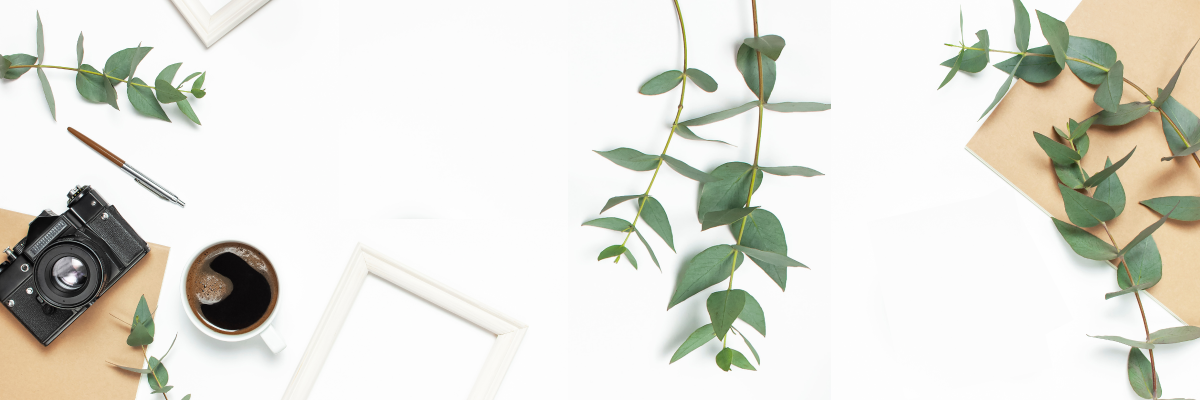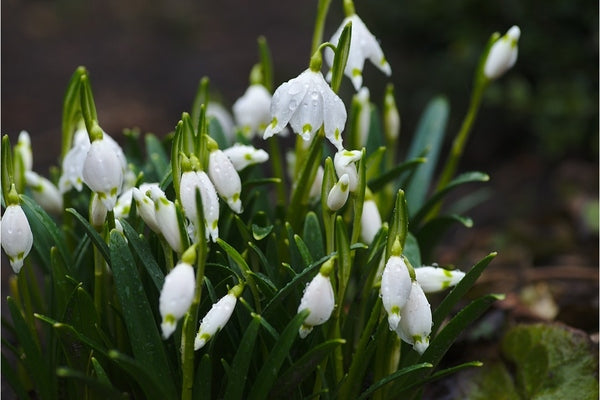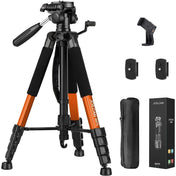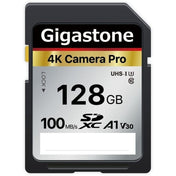Macro photography opens a doorway into a mesmerizing world filled with beauty and intricate details that often go unnoticed. This art form allows us to explore the tiny wonders of nature or everyday objects, revealing a universe that lies just beneath the surface. If you’re looking to enhance your macro photography skills, you’ll want to understand the techniques and equipment that make it possible, including the highly-regarded Sony FE 50mm F1.8 lens. In this blog post, we’ll delve deep into the captivating realm of macro photography, providing insights and tips that both beginners and seasoned photographers can appreciate.
The Allure of Macro Photography
Macro photography involves capturing extremely close-up images of small subjects, which allows photographers to showcase textures, details, and beauty often missed by the naked eye. Whether it’s the delicate structure of a flower petal, the intricate patterns on a butterfly's wing, or the shimmering surface of a dewdrop, macro photography allows us to see the world through a different lens.
Why Choose Macro Photography?
- Explore Nature: Macro photography offers a unique chance to connect with nature. It allows you to appreciate the small wonders around you, from insects to flowers.
- Develop Your Skills: This genre will challenge you to improve your technical abilities, such as focus, lighting, and composition.
- Create Stunning Art: With the right skills, you can create breathtaking images that can decorate homes, inspire others, or even become part of a professional portfolio.
- Unleash Your Creativity: The tiny worlds we often overlook can inspire creativity, leading to innovative compositions and unique photographs.
Essential Gear for Macro Photography
While you can capture macro images with various types of equipment, specific tools will significantly enhance your results. One such essential lens is the Sony FE 50mm F1.8 lens. Let’s explore the tools that can help elevate your macro photography.
The Perfect Lens: Sony FE 50mm F1.8 Lens
The Sony FE 50mm F1.8 lens is a versatile and powerful option for aspiring macro photographers. It provides exceptional sharpness and clarity, crucial for capturing the minutiae of small subjects. The fast f/1.8 aperture allows for beautiful depth of field control and low-light performance. Here’s why this lens is a game-changer for macro photography:
- Sharp Focus: The image quality produced by the Sony FE 50mm F1.8 lens is unparalleled, making it perfect for highlighting textures and details.
- Affordability: Compared to many macro lenses, the Sony FE 50mm F1.8 lens is budget-friendly while still delivering professional results.
- Lightweight Design: Its ease of use makes it an ideal choice for both handheld shooting and mounted setups.
- Versatility: This lens is not just for macro photography—its standard focal length is excellent for portraits and everyday photography as well.
Techniques for Stunning Macro Photography
Now that you’re armed with the right gear, let’s discuss techniques that will help you take your macro photography to the next level.
Use a Tripod
When shooting at extremely close distances, even the slightest shake can result in a blurry image. A sturdy tripod stabilizes your camera and helps you maintain sharp focus. If you plan on shooting in low light, a tripod is even more essential to minimize any unwanted movement.
Focus Stacking
In macro photography, the depth of field is often very shallow. Focus stacking involves taking multiple images of the same subject at different focus points and merging them in post-processing. This technique allows you to achieve greater detail across your subject.
Experiment with Lighting
Lighting can make or break your macro shots. Natural light works wonderfully for capturing the beauty of flowers and insects, but you can also get creative with artificial lighting sources. Using a softbox or a reflector can add depth to your images without harsh shadows.
Composition Matters
When it comes to macro photography, composition is crucial. The rule of thirds can help you create balanced images that draw viewers in. Explore different angles and perspectives by shooting from above, below, or through objects to create a unique composition.
The World of Insects: A Macro Photographer's Delight
Insects make excellent subjects for macro photography due to their intricate structures and vibrant colors. Here are some tips for capturing stunning insect photographs:
- Patience is Key: Insects can be erratic; patience is crucial when waiting for the perfect shot.
- Use a Fast Shutter Speed: Quick movements require rapid shutter speeds to avoid motion blur.
- Observe Behavior: Learning the habits of your subjects can help you anticipate their movements, making it easier to position yourself for the shot.
Floral Macro Photography: Color and Texture Unveiled
Flowers are some of the most popular subjects in macro photography. Their vibrant colors and dynamic structures invite endless opportunities for creativity. Here’s how to maximize your floral macro photography:
Work with the Golden Hour
Photography during the golden hour—shortly after sunrise or before sunset—provides a soft, warm light that enhances the beauty of flowers. The natural glow can bring out the delicate textures and colors of the petals.
Explore Different Perspectives
Consider varying your angle in floral photography. Don’t just shoot straight from the front; try capturing images from beneath the blooms or from a bird’s-eye view to add a unique touch to your collection.
Post-Processing: Enhancing Your Macro Images
Editing plays a significant role in macro photography. After capturing your stunning images, processing can help highlight essential details and enhance colors. Here are some basic editing tips:
- Crop for Composition: Tightening your composition can often result in a stronger image.
- Adjust Exposure: Make subtle adjustments to highlight details without overexposing highlights or underexposing shadows.
- Enhance Colors: Use color adjustments to bring out the vibrancy of your subjects.
- Sharpen Details: Enhancing the sharpness of your image ensures that every important detail is visible.
Sharing Your Macro Masterpieces
After dedicating the time and effort into capturing stunning macro photographs, don't forget to share your amazing creations with the world! Here are a few strategies to showcase your work effectively:
Social Media Engagement
Platforms like Instagram, Pinterest, and Facebook are perfect for sharing your macro photography. Use engaging captions and popular hashtags to reach a wider audience. Tagging your location or using photography-specific tags can also help connect you with fellow photographers and nature enthusiasts.
Create a Portfolio
Having an online portfolio is an excellent way to showcase your best work. Use platforms like Shopify to set up a gallery of your macro images, allowing potential clients or admirers to navigate through your collection easily.
Participate in Communities
Engage with other photographers by joining online forums, social media groups, or local clubs focused on macro photography. Sharing tips, experiences, or critiques with fellow enthusiasts can enrich your skills and inspire new ideas.
The Final Word: Embracing the Beauty of Macro Photography
Macro photography is more than just a technique; it’s a journey of discovering the magnificence that lies in small details. By utilizing the Sony FE 50mm F1.8 lens, embracing essential photography techniques, and honing your skills through practice, the incredible world of macro photography awaits you. So grab your camera, explore your surroundings, and capture the mesmerizing beauty that exists in even the most mundane subjects. The artistry lies not only in the final image but in the journey of connection and discovery you embark on as a macro photographer.











